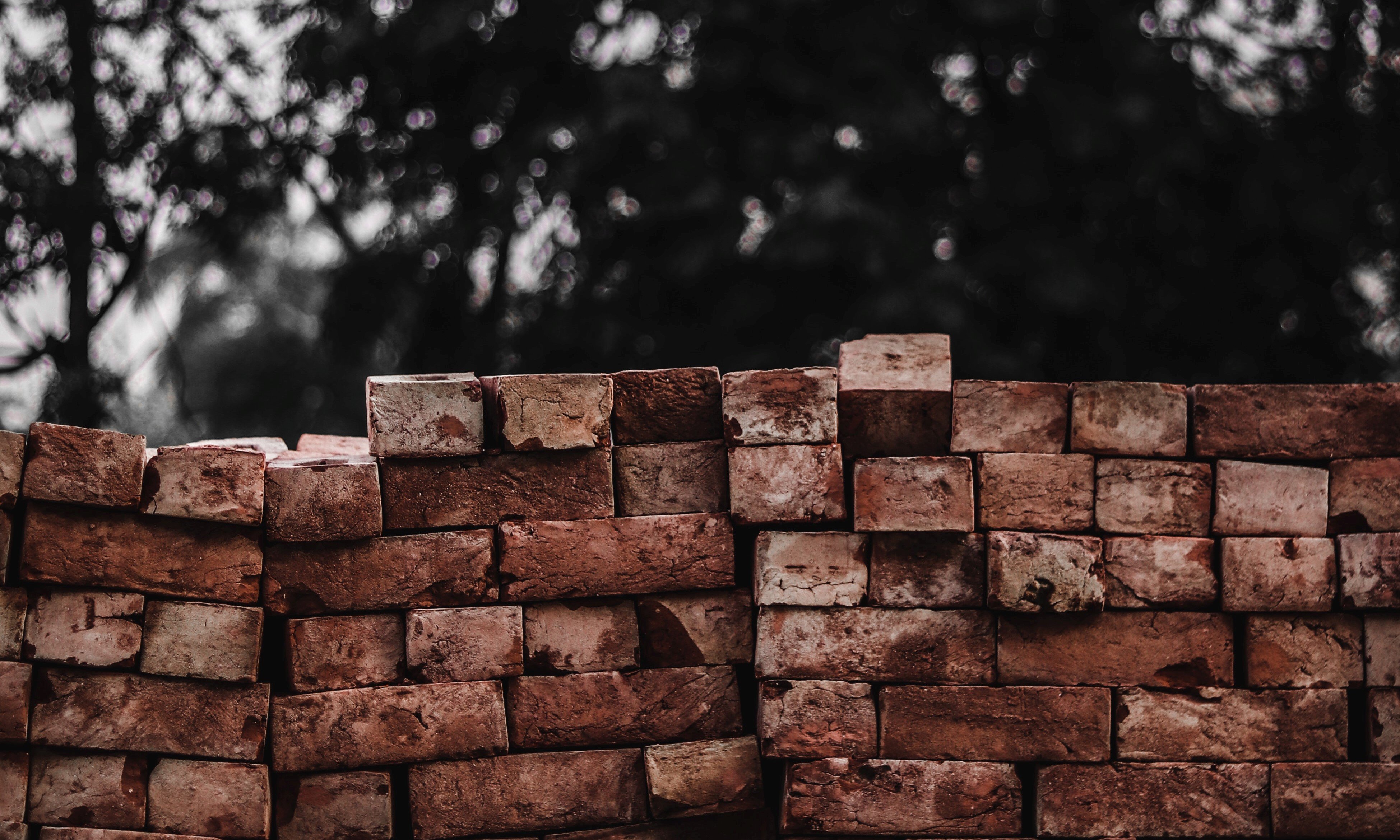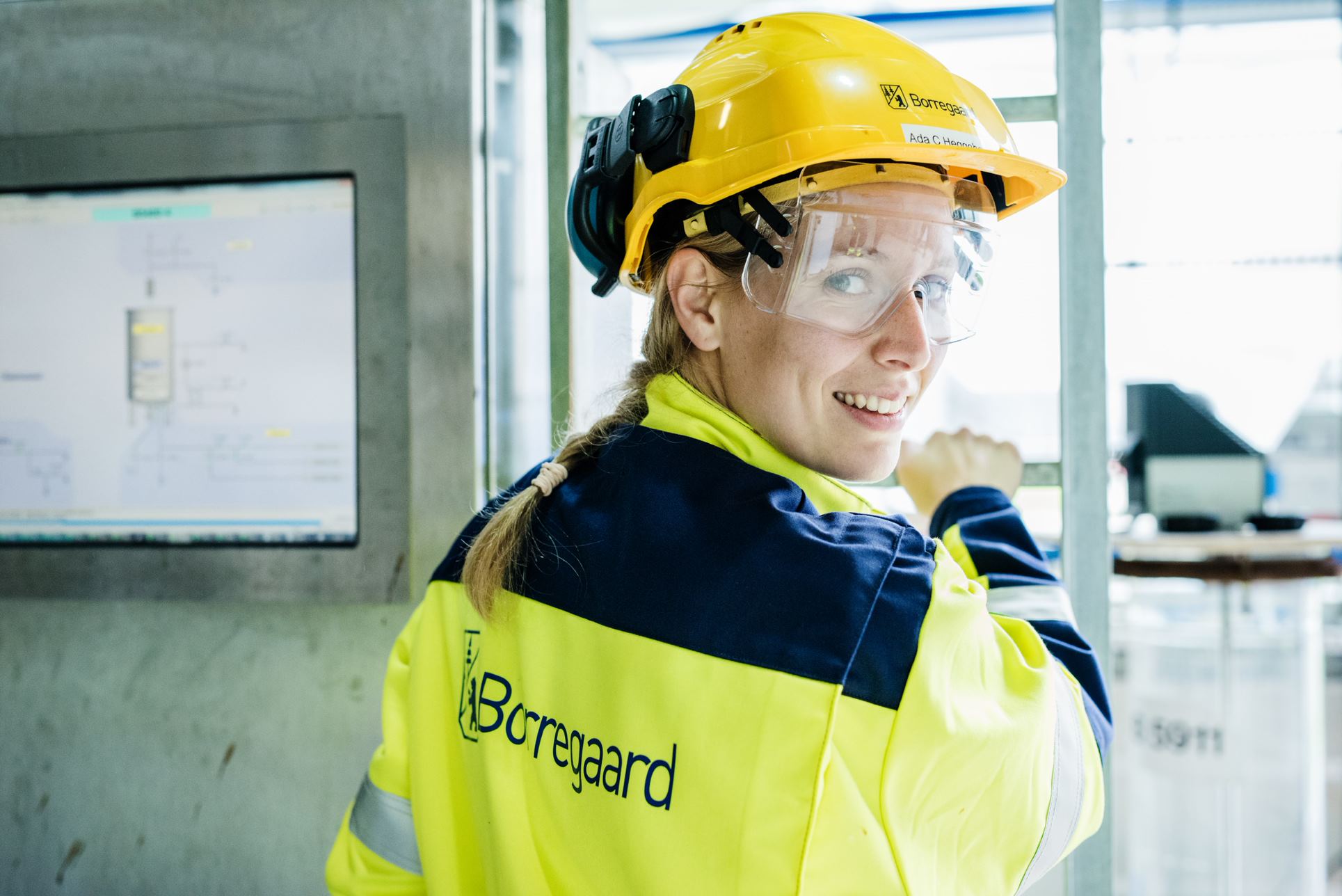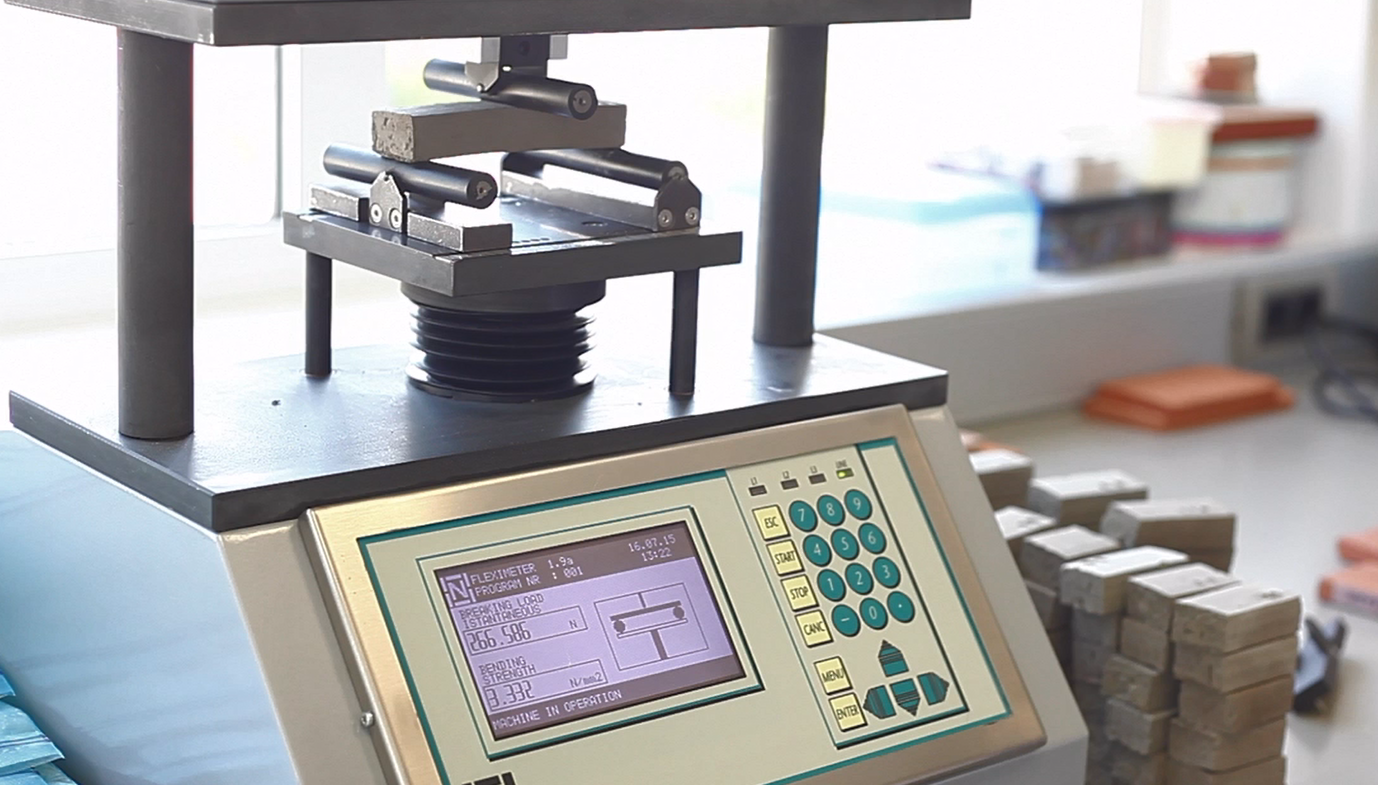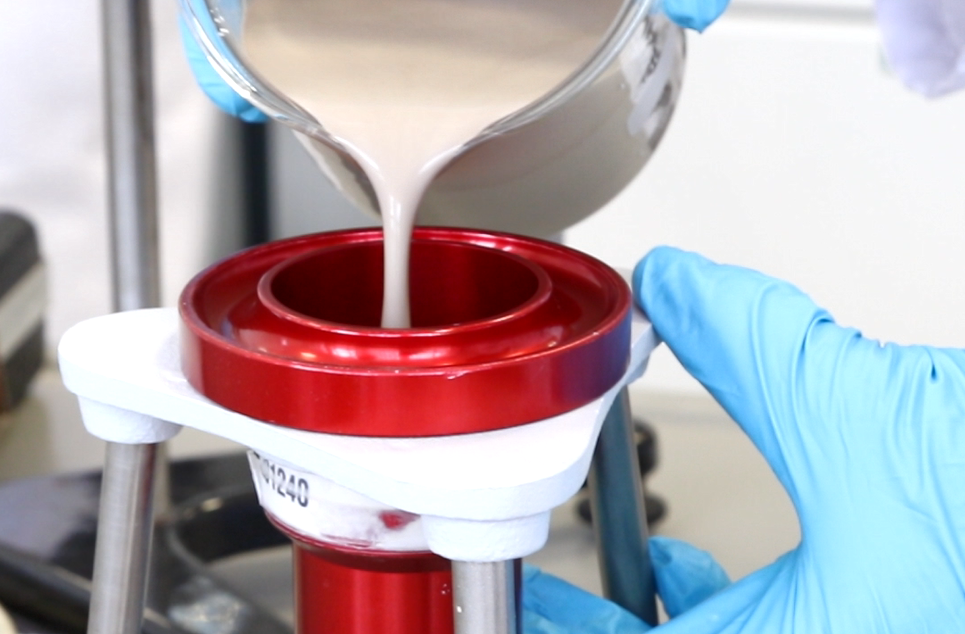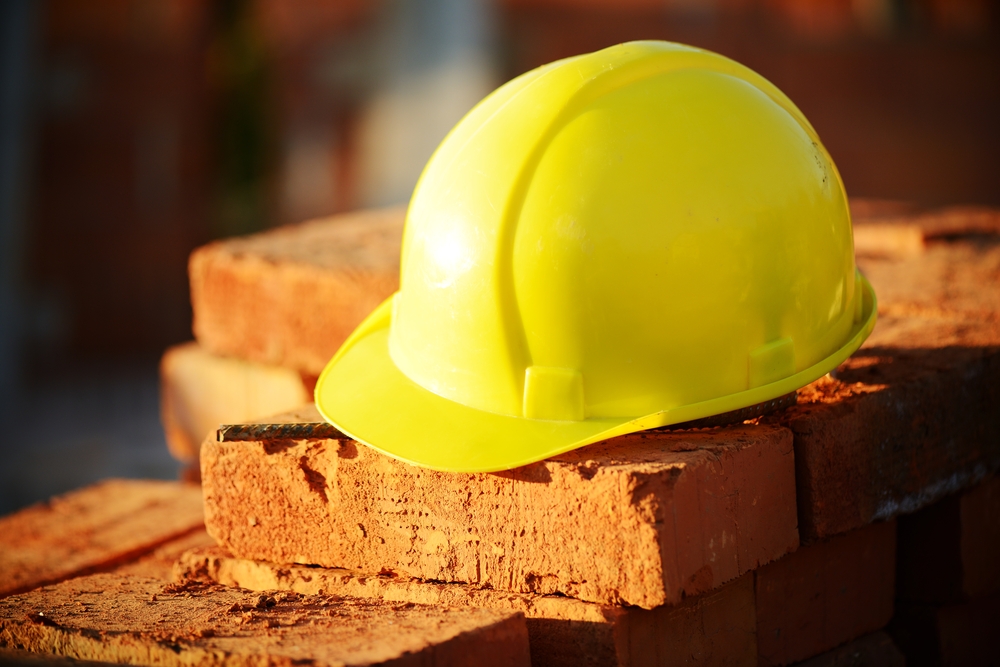Extrusion is a common process used to manufacture different types of ceramic products, for example, face bricks, ventilated walls, floor tiles, special shaped products and many others. Several parameters affect the operation of the extrusion. These parameters include the nature of the raw materials, their particle size, and their plastic behavior, the water content and the additives you use.
Temaer: Structural, Plasticity, Drying, extrusion
Various amounts of water are added within brick and tile manufacturing depending upon which process route you choose. A stiff extrusion may have water content as low as 10% while a soft mud factory may be as high as 30%. With hand made and water-struck products, this water addition value may even go higher. However, although these levels of water may be advantageous for manufacturing, they still require to be driven out during the drying process to enable the products to be fired.
Temaer: Structural, Clay additives
Reduce scumming from bricks without Barium Carbonate - is it possible?
By Jonathan Savage 02-Apr-2020 16:22:06
The EU have downgraded Barium Carbonate from "Poisonous" to "Harmful If Swallowed". However, still today it is treated as a toxic material in several different countries over the world. In any case, its reputation as the most helpful additive for the withdrawal of salt scumming from clay bricks and tiles is unaltered. For those countries where barium is restricted, or because of increments in price and lower availability, producers must search for other options.
Temaer: Structural, Scumming
Importance of technical support in the use of structural clay additives
By Jonathan Savage 10-Jan-2020 13:04:33
Technical support is key to ensure that you are using the right clay additive at the correct addition rate. We should always count on a technical specialist, in order to achieve the maximum efficiency of your process and depending on what you are using our additives for, we should take different actions and carry out specialized tests.
Temaer: Structural, Clay additives, optimization, bricks, technical support
Raw materials are the most crucial part of making quality bricks. Consistent, high quality raw materials combined with sound processes normally result in good quality fired ware. Unfortunately, in the real world, raw materials vary in quality and consistency. Variations in raw materials such as particle size, fired color, carbon content, and shrinkage are routinely measured during exploration, mining, stockpiling, and production. Another characteristic of raw materials that is critical and should be measured and monitored is the level of soluble sulfates present in the raw materials used to make brick.
Temaer: Structural, Ceramics, Green Strength, optimization, Tools
Cellulosic compounds are not new into the Ceramic Industry. They have been used in ceramic bodies for a long time.
In ancient cultures, straw could be used to bring porosity to clay, easing water entrance and hence increasing its workability. It would also provide some air entrance, helping in the drying process, that would take place in the open air. This is useful in hand-made products and in low-automated processes.
Temaer: Structural, Plasticity, Clay additives, extrusion
Raw materials are the most crucial part of making quality bricks. Consistent, high quality raw materials combined with sound processes normally result in good quality fired ware. Unfortunately, in the real world, raw materials vary in quality and consistency. Variations in raw materials such as particle size, fired color, carbon content, and shrinkage are routinely measured during exploration, mining, stockpiling, and production. Another characteristic of raw materials that is critical and should be measured and monitored is the level of soluble sulfates present in the raw materials used to make brick.
Temaer: Structural, raw materials, Ceramics, Scumming, Tools
In today’s economic climate and with manufacturers desire to ensure strong sales whilst optimizing profits what options are open to help reduce costs in production?
One could probably summarize that the “easiest” options available to reduce costs could be raw materials, production, drying and firing and reducing losses - in fact it could be argued that all of these options go hand in hand.
Temaer: Structural, Clay additives, optimization, bricks, cost reduction
Kiln firings: History, development and types of Structural kilns
By Jonathan Savage 14-Mar-2019 13:17:57
Throughout the centuries of brick and tile making the manufacturing, drying and the firing of the products has continued to evolve to ensure demand, styles and supply are met. However although manufacturing and drying are based on a small number of routes which continue to evolve the firing process has probably seen the most changes over this time frame.
Temaer: Structural, Clay additives, optimization, bricks, kilns
Clay bricks have featured as a construction product for thousands of years with evidence of their use dating as far back as the time of the Roman Empire. It is a material prevalent across the UK's built environment today and continues to be a fundamental ingredient in modern architecture.
Temaer: Structural, Clay additives, optimization, bricks



